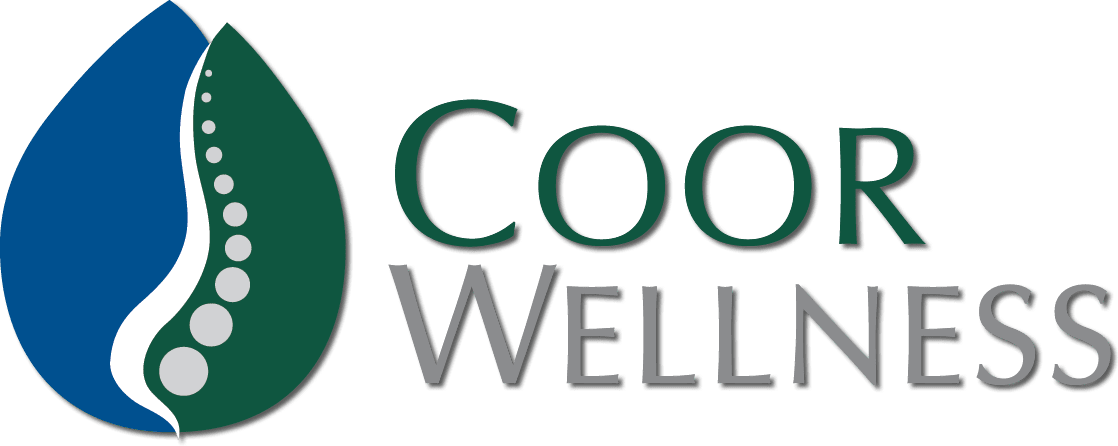

Many people think their shoulder issues are stemming from their shoulder itself but this may not be true. Often times when we see someone with shoulder issues there is more to the story. Frequently the person is unable to rotate and extend the thoracic spine.
In our thorough shoulder evaluation we observe thoracic spine movement in a “Lumbar Lock” position. While this may be awkward but it is a great evaluation for how the shoulder and mid-back work together. During this test we may need to use our body to prevent you from doing one of the compensations mentioned in this article.
“Lumbar Lock” position is similar to Child’s Pose in yoga. The hips are over the heels and the arms are touching each other on the table or floor. This position isolates the thoracic spine and shoulder. It helps the examiner figure out if the shoulder or thoracic spine are dysfunctional or both. Also, this allows for us to identify a symmetrical or asymmetrical movement pattern.
Lumbar Locked External Rotation (ER) Test:
- This evaluates rotation in the thoracic spine with shoulder external rotation and scapular retraction (moving the scapula towards the spine) in a non-weight bearing position.
Lumbar locked ER
 Lumbar Locked Internal Rotation (IR) Test Objective:
Lumbar Locked Internal Rotation (IR) Test Objective:
- This evaluates extension and rotation in the thoracic spine while in a non-weight bearing position. The shoulder is in internal rotation.


Active vs. Passive
Getting to the root cause of this dysfunction takes a little time.
First we test Lumbar Lock IR actively and passively on both sides but only test ER actively. Lumbar Lock ER tell us if the shoulder girdle has normal stability and motor control. When it’s dysfunctional we continue on to a different test.
Next we do Active Lumbar Lock IR . When Active Lumbar Lock IR is fine the patient has a shoulder girdle joint mobility dysfunction (JMD) and/or a tissue extensibility dysfunction (TED). If it’s still dysfunctional we test passively. If passive is dysfunctional the thoracic spine is contributing to the patient’s shoulder trouble. This is a true mobility issue that’ll need adjusting, manipulation, stretching, foam rolling or other interventions. But when this test is functional and non-painful passively the patient is having a motor control issue. This patient needs specific exercises and not massage, adjusting or additional soft-tissue treatments.
Shoulder trouble?
If you’re having shoulder pain and need help please call 970-712-6059 to schedule an SFMA with Dr. Christianson. If you’re not in pain and want your shoulder stability tested you can schedule an FMS with Alyssa.

